Top ten states with most non-vegetarian population in India, based on the sample registration system (SRS) baseline survey conducted in 2014, reveal fascinating insights into dietary preferences across the country. With 71 percent of Indians over the age of 15 identifying as non-vegetarian, the variance among states is noteworthy, showcasing the rich tapestry of culinary habits influenced by culture, religion, and regional resources.
Top Ten States with Most Non-Vegetarian Population in India :
India, known for its rich and diverse culture, showcases a variety of dietary practices influenced by geography, religion, and social norms. Among these practices, non-vegetarianism is an integral part of the culinary landscape. The proportion of non-vegetarians varies significantly across the country, with some states having a predominantly non-vegetarian population.
1. West Bengal

With a staggering 98.6% of its population identified as non-vegetarians, West Bengal emerges as the state with the highest percentage of non-vegetarian residents in India. The state’s culinary culture is deeply rooted in its love for fish, meat, and a variety of seafood, which is largely influenced by its geographical location along the Bay of Bengal. Fish, particularly hilsa, is a staple, while dishes like mutton biryani, paturi (fish wrapped in banana leaves), and various preparations of chicken are popular.
Read ; Palitana: The World’s First Vegetarian City
Read :Jacqueline Fernandez, Riteish Deshmukh Named India’s ‘Most Beautiful Vegetarian Celebrities’
The Bengalis’ affinity for non-vegetarian cuisine is not just about sustenance; it’s a celebration of tradition and community. Festivals and family gatherings often center around elaborate feasts featuring an array of meat and fish dishes, showcasing the rich culinary heritage of the state. Moreover, Kolkata, the capital, is renowned for its street food, including famous non-vegetarian snacks like fish rolls and egg rolls.
2. Andhra Pradesh
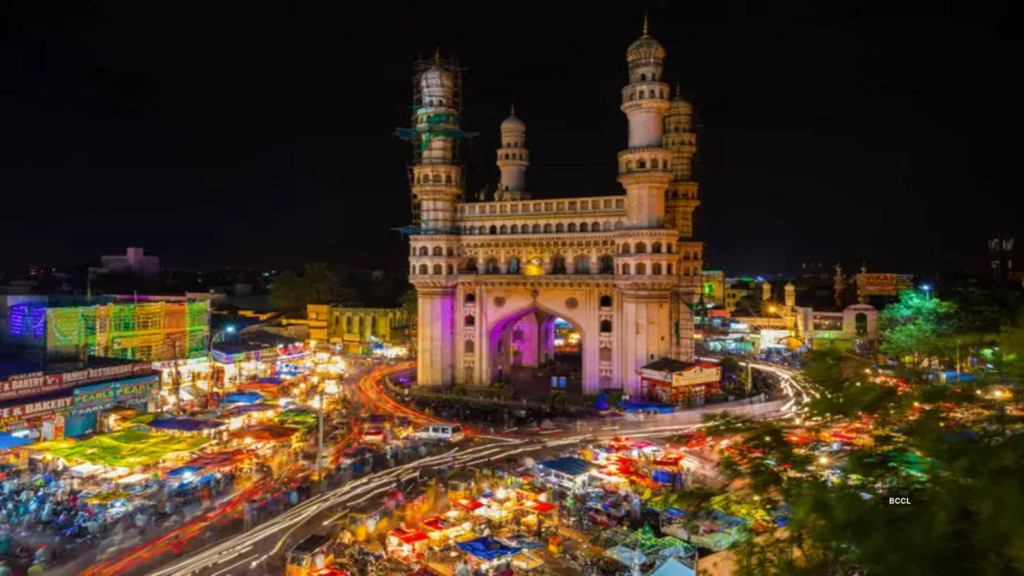
Andhra Pradesh ranks second with 98.25% of its population embracing non-vegetarianism. The state’s cuisine is famous for its spicy and robust flavors, heavily featuring meat, particularly chicken, mutton, and a variety of seafood. Dishes like Andhra-style chicken curry, mutton biryani, and fish curry are staples in households.
The influence of the coastal regions is evident in the prominence of seafood, particularly in districts like Vishakhapatnam. Festivals such as Sankranti often feature elaborate non-vegetarian dishes, reflecting the state’s culinary diversity. Additionally, the practice of communal dining, where families and friends gather to enjoy large meals together, strengthens the bond over shared non-vegetarian dishes.
3. Tamil Nadu
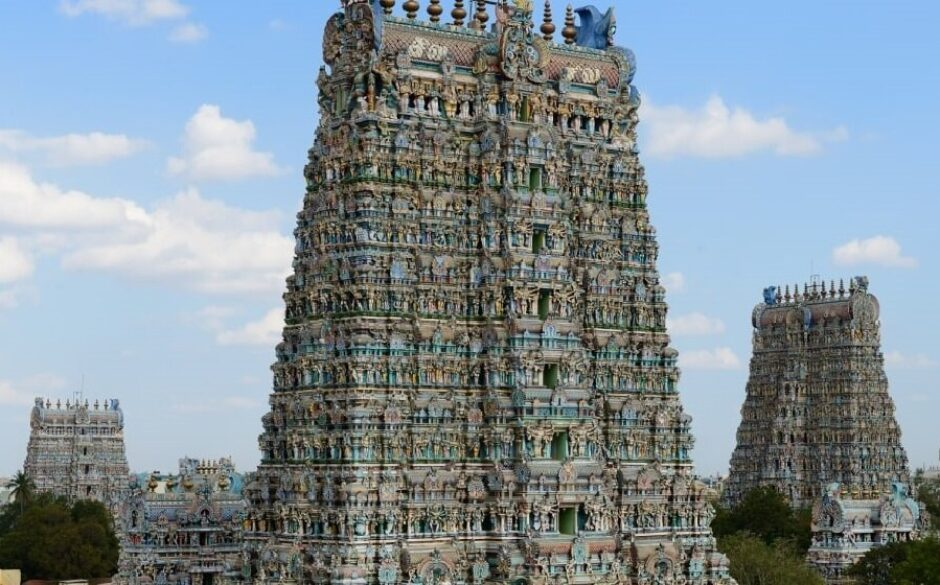
With 97.65% of the population being non-vegetarian, Tamil Nadu holds the third position. The state’s cuisine is renowned for its variety of meat-based dishes, particularly chicken, mutton, and fish, often prepared with an array of spices and herbs that are characteristic of South Indian cooking.
Signature dishes like Chettinad chicken curry, fish fry, and mutton stew are popular among locals and visitors alike. The coastal areas, particularly around Chennai, contribute significantly to the seafood consumption in the state. Festivals such as Pongal also see families preparing elaborate non-vegetarian feasts, showcasing the culinary richness of Tamil culture.
4. Odisha
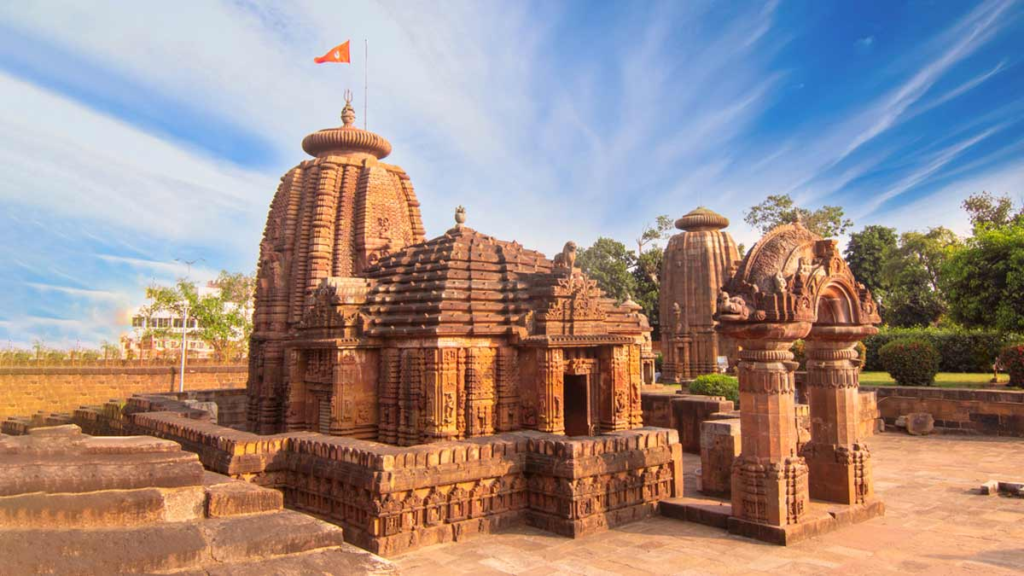
Odisha ranks fourth, with 97.35% of its population identifying as non-vegetarians. The state has a unique culinary heritage that heavily features seafood, especially in coastal districts. Fish, prawns, and crabs are commonly used in traditional dishes.
The state’s signature fish curry, known as “Machha Tarkari,” is a must-try for anyone visiting. Additionally, the famous “Chhena Poda,” a cheese dessert, is often accompanied by fish or meat dishes during festivals. The people of Odisha take great pride in their culinary traditions, and non-vegetarian dishes are integral to their cultural identity.
5. Kerala

With 97% of its population consuming non-vegetarian food, Kerala is renowned for its rich culinary traditions that include an abundance of seafood, chicken, and mutton dishes. The state’s unique geography, with its extensive coastline and backwaters, contributes significantly to its fish-based cuisine.
Dishes such as “Fish Moilee,” “Malabar Chicken Biryani,” and “Mutton Curry” are beloved by locals. The state’s festivals, including Onam and Vishu, often feature grand feasts called “Sadya,” where non-vegetarian dishes are served alongside traditional vegetarian offerings. The blend of spices and the variety of cooking styles make Kerala a culinary paradise for non-vegetarians.
6. Jharkhand

Jharkhand ranks sixth, with 96.75% of its population being non-vegetarians. The tribal communities in the state have a rich tradition of hunting and gathering, which influences their dietary habits. Meat, particularly game meat, fish, and poultry, plays a significant role in their diets.
Traditional dishes like “Dhuska,” a type of fried rice flour pancake served with meat curry, showcase the state’s culinary practices. Moreover, festivals often feature non-vegetarian dishes as a symbol of celebration and community bonding, reflecting the cultural significance of meat consumption in the region.
7. Bihar
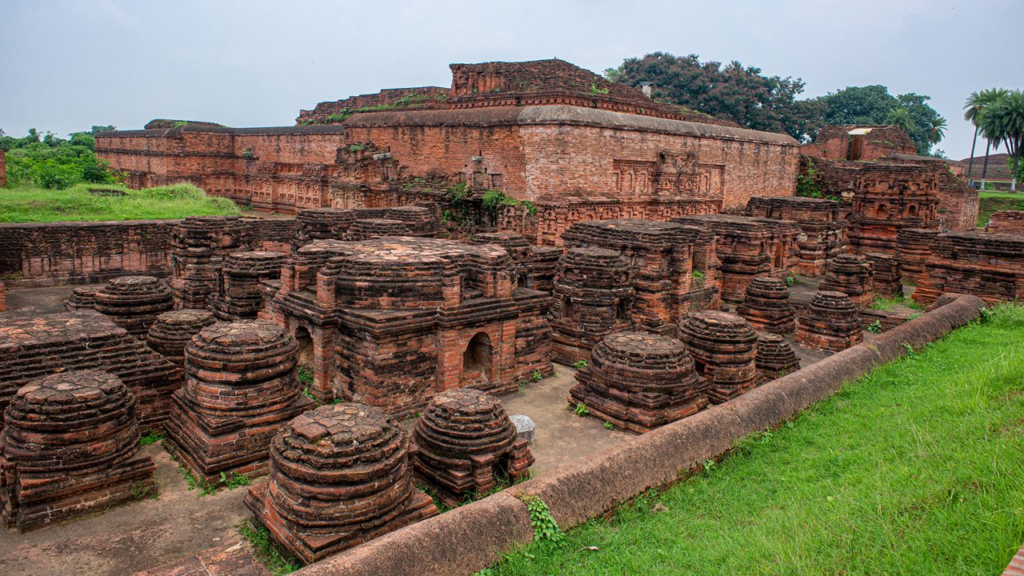
With 92.45% of its population being non-vegetarian, Bihar showcases a diverse culinary landscape where meat plays a crucial role. The cuisine is known for its flavorful meat dishes, including chicken, mutton, and fish, often prepared with a range of spices that enhance their taste.
Bihari cuisine includes popular dishes such as “Litti Chokha” (which can be served with meat), mutton curry, and various fish preparations. Festivals and family gatherings often feature elaborate non-vegetarian feasts, celebrating the region’s culinary heritage.
8. Chhattisgarh
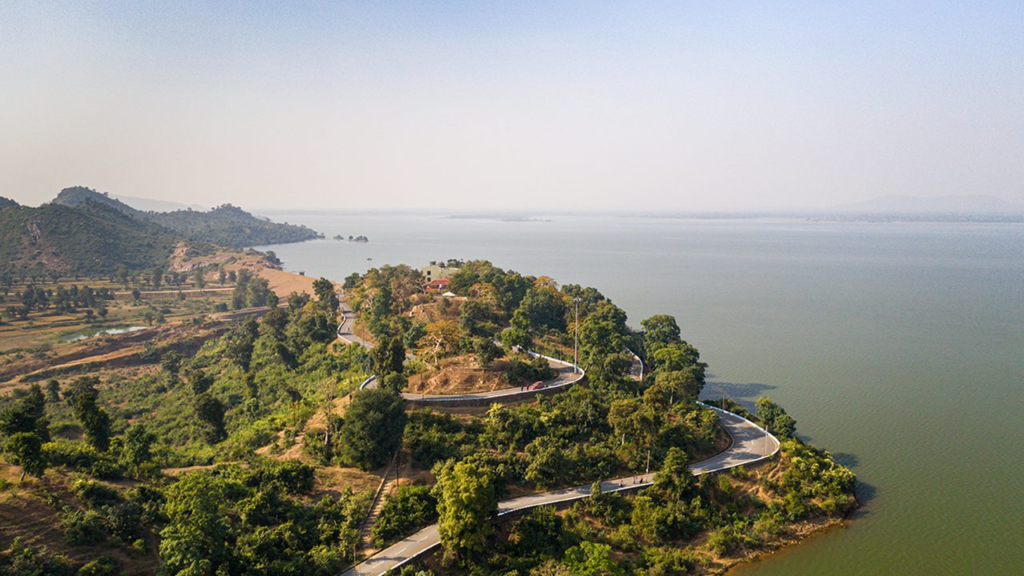
Chhattisgarh ranks eighth with 82.05% of its population identified as non-vegetarians. The state’s tribal communities have a strong connection to their land and resources, with hunting and fishing being integral to their lifestyle. As a result, meat consumption is prevalent, with a variety of game meats, fish, and poultry being part of the local diet.
Traditional dishes like “Biryani,” made with local spices and meats, reflect the state’s culinary diversity. Festivals often showcase non-vegetarian dishes, highlighting the importance of meat in social gatherings and celebrations.
9. Karnataka

Karnataka, with 78.9% of its population being non-vegetarians, is known for its diverse culinary offerings that include a variety of meat dishes. The state’s cuisine features chicken, mutton, and seafood, with each region having its own specialties.
Signature dishes such as “Bisi Bele Bath” (which can include non-vegetarian versions), “Mutton Curry,” and various fish preparations are popular among locals. The coastal regions, especially around Mangalore and Udupi, contribute significantly to the seafood culture, making Karnataka a haven for non-vegetarian food lovers.
10. Assam
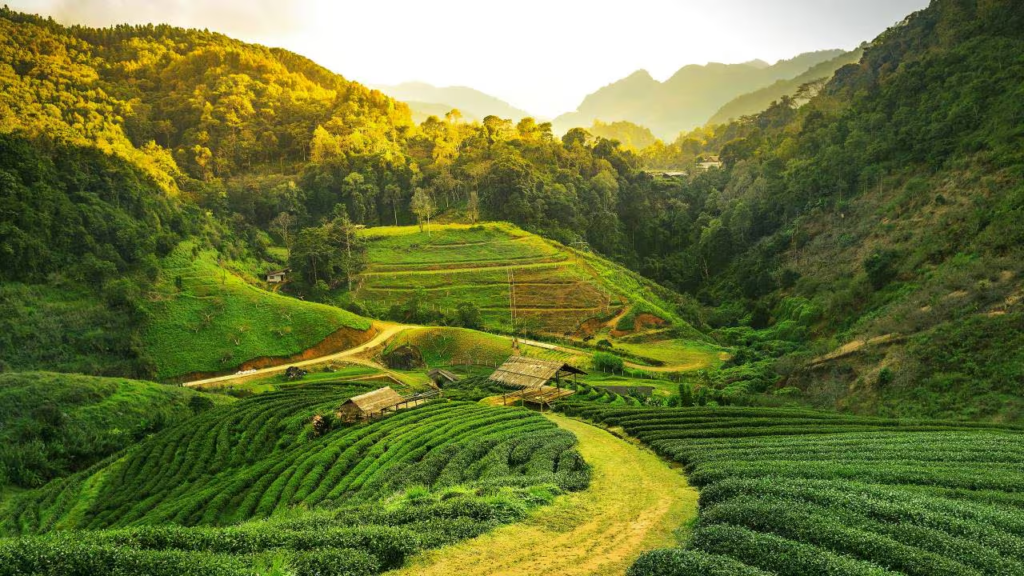
Assam rounds out the list with 79.4% of its population identified as non-vegetarians. The state’s culinary culture is deeply influenced by its rich natural resources, with fish and meat playing central roles in Assamese cuisine. The state is famous for its diverse fish preparations, including “Masor Tenga” (sour fish curry) and “Duck Curry.”
Moreover, the tribal communities in Assam have their own unique meat-based dishes, showcasing the diversity within the state’s non-vegetarian offerings. Festivals and cultural events often feature elaborate feasts that celebrate the region’s culinary traditions, making Assam a notable destination for non-vegetarian cuisine.
India’s culinary landscape is a reflection of its diverse culture, traditions, and geographical influences. The top ten states with the highest non-vegetarian populations—West Bengal, Andhra Pradesh, Tamil Nadu, Odisha, Kerala, Jharkhand, Bihar, Chhattisgarh, Karnataka, and Assam—each contribute uniquely to this vibrant tapestry of flavors. Non-vegetarian dishes are more than just food; they are a celebration of culture, community, and identity.
As we explore these states, we gain insight into the richness of Indian cuisine and the significance of non-vegetarianism in the lives of millions. The culinary diversity in India continues to evolve, influenced by globalization and changing dietary preferences, yet the love for non-vegetarian food remains deeply rooted in the traditions and hearts of many Indians.
let’s enjoy few years on earth with peace and happiness….✍🏼🙏

